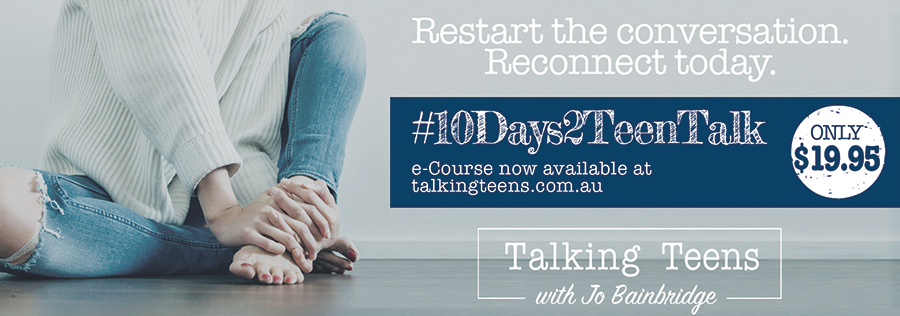
Every day there seems to be a new app, social media site or forum where our kids can ‘hangout’ online. Martine reviews a few of the most popular sites our kids are using and highlights some of the settings that can help make them safer.
Instagram
Instagram is a social networking app based on photo and video sharing. Users create a username, follow other users, allow users to follow them and can like and comment on the photos of those they follow. They take a photo, or record a 15 second video, add filters, add a hashtag for searchability, tag friends and post to their account. The images will then appear in the feed of all those who follow.
Any young person on Instagram should have their accounts set to private. It is important to note that only the photos remain private. Any information on the profile (profile pic, bio, username) is not private. Once a photo has a hashtag however, that particular photo can be viewed by anyone searching that hashtag, regardless of the account being private.
The current age recommendation for an Instagram user is 13 and over.
Snapchat
Snapchat is a photo and video sharing app that allows users to send a photo or video and choose how long it stays ‘live’, for between 1 to 10 seconds. Once the image or video has been viewed and that time is up, the photo or video ‘disappears’ or is deleted from the receiver’s feed. Snapchat have now added a ‘chat’ and video messaging feature.
A Snapchat ‘story’ is a group of images taken over a 24 hour period. They live a little longer than regular snaps but will self destruct after 24 hours. You can determine if this is viewed by your ‘friends’ list, a custom list of friends or the public.
The minimum age requirement is 13. Those between the ages of 13 and 17 are required to have parent consent and those under 13 will be directed to the more child friendly “Snapkidz” app.
Snapchat has been dubbed the ‘sexting app’ for enticing a more risqué approach to photo sharing based on the belief the photos will disappear. Photos can still hang around via a screenshot which renders the photo just as permanent as any other photo online. It is against the law to send any sexually explicit pictures of a person under 18 regardless of consent, purpose or motive.
Kik Messenger
Kik allows you to talk to your friends, much like a phone SMS but without the phone connection. You can also attach photos to privately send to people. As kids seem to be on this at quite a young age, there is a definite need for some involvement to be sure that they know all the people they are talking to.
For those with an iPhone, Kik searches your email contacts and finds people for you to connect with. If you are connecting via your ipod Touch or iPad you can simply search for the usernames that you want to connect with and then they must accept you as a ‘friend’.
Keep close tabs on this one as all the talking can be done in ‘private’ so make sure that you know everyone on your child’s list of connections.
Many parents (myself included) didn’t realise their kids were chatting via their iPod touch when they thought they were only good for games and music! This means monitoring of iPods at night if they are left in the bedroom.
Kik and similiar messaging sites have also been known as hangouts for predators to try and connect with kids so they can talk privately.
The number one way to keep your kids safe on any social networking sites is to engage in ongoing conversation, have an understanding of the sorts of things your children are doing online, and be prepared to change the conversation and the rules as the kids and the technology changes.
The privacy settings for social networking sites can be messy and indeed have been known to change with little warning. Whilst it is certainly a good idea to use them, it is an even better idea to think twice about what you are posting and who could potentially see it should your settings not be secure.
Remember, there is no such thing as a ‘safe app’, there can only be safe users. So give your kids the skills and critical thinking to stay safe wherever they find themselves online.
These rules may differ depending on your child’s age and maturity, but here are some guidelines you should already be talking about with your kids the moment they get any social networking account.
Photos must not be disrespectful or embarrassing to yourself or others.
Turn off location services so your child is not advertising their exact location every time they post.
Commenting on other photos must never be mean, nasty or bullying in any way.
Liking or commenting on an inappropriate photo will generally mean ‘guilty by association’….. so don’t do it.
No personal detail sharing such as the name of your school or where you live.
Have photos set to private and only allow people you know in real life to follow you.
Links to other usernames of social networks should not be shown in the profile.
Ask permission before posting a pic of someone else online. Respecting oneself and respecting others must be the number one priority.
If you’d like more understanding, tips and strategies on helping your children navigate technology and the online, Martine has an ebook available on her website Parenting in a digital world: stop fighting, start connecting.
Martine is passionate about helping parents face the challenges of the modern world. With a background in education and a Masters in Counselling, Martine uses her extensive professional experience in conjunction with the personal experiences of raising five children, to give a realistic approach to parenting today.
www.themodernparent.net









